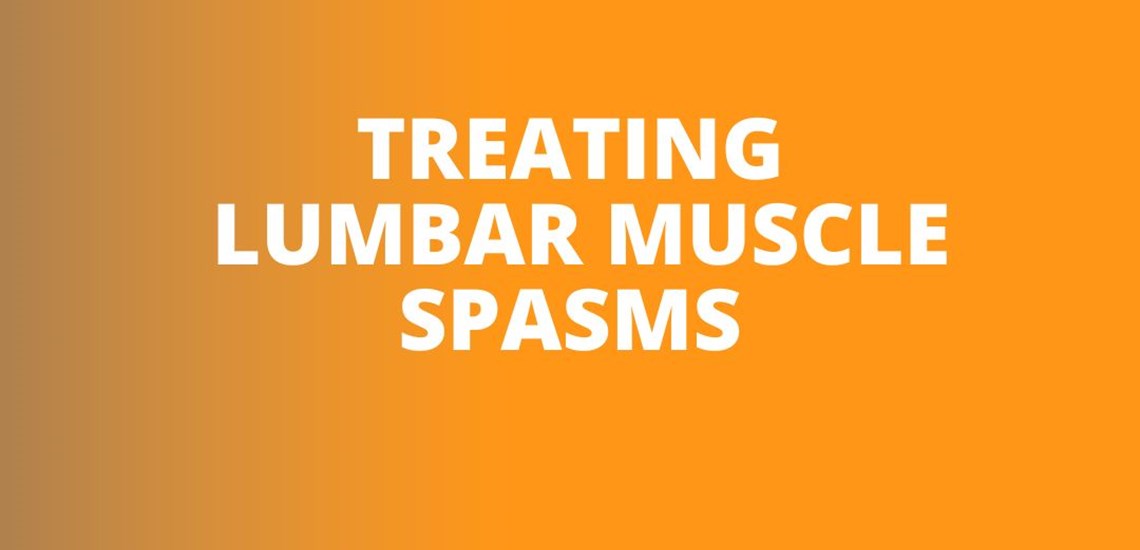Treating Lumbar Muscle Spasms

Low back pain is common among most of the adult population. There can be many reasons for discomfort in the lower back, but one typical cause is a lumbar muscle spasm.
What Are Lumbar Muscle Spasms?
Muscle spams are an involuntary contracting and tensing of a muscle. Depending on the severity of the muscle spasm, you might notice a twitching or tightening of the muscle. Muscle spasms can cause mild to severe pain, soreness, and limited mobility.
A lumbar muscle spasm is a muscle spasm surrounding the lumbar spine, which is the lower portion of your back. Anyone can develop a lumbar muscle spam. Most people experience lumbar muscle spasms from overuse and poor posture. Muscle spasms can also happen from dehydration or low potassium in your diet.
Treating Lumbar Muscle Spasms
Lumbar muscle spasms can range from mild discomfort to excruciating pain, but there are treatments available to ease your discomfort and prevent further injury.
Percutaneous Electrical Stimulation
Percutaneous electrical stimulation (PES) is a common therapy to treat back pain. PES uses electrical stimulation to target the muscle through small needs that penetrate the skin. You can get this done at a doctor’s office or find devices to use at home for mild back spasms.
Heat Therapy
If your muscles start to tighten from the muscle spasms, you can use heat therapy to help relax the muscles and reduce discomfort. There are over-the-counter heat packs you can find at your local drugstore. You may also find relief from a warm bath or heated cloth on your lumbar spine.
Cold Therapy
Cold therapy is another common at-home solution for easing a lumbar muscle spasm. Cold can reduce swelling and inflammation. It also numbs the affected area, reducing tenderness. The easiest way to apply cold to the lower back is with a flexible ice pack. Ice the affected area for 20 minutes, then let the area rest for 20 minutes before reapplying cold.
Stretching
Stretching the lower back can help relieve some of the tightness along the spine. Some great back stretches to try are a supine twist or cat-cows. When stretching, take your movements slowly and understand that you may have limited mobility, so it’s okay if you’re not seeing the same flexibility as you normally would.
See a Specialist
If your back pain lasts more than a few days or inhibits you from daily activities, consider connecting with a specialist, such as Mocek Spine Clinic, to ensure no underlying condition is causing your pain. Our patient-focused clinic offers advanced spine care solutions so clients can live with as little pain as possible.
Don’t let back pain keep you from enjoying your life. Contact our office to schedule a consultation.